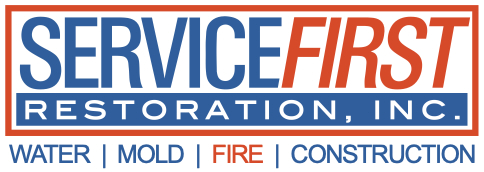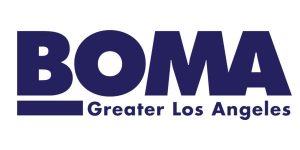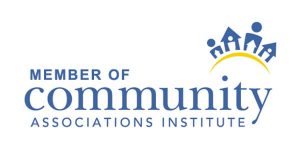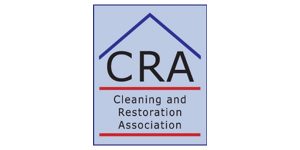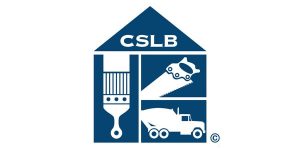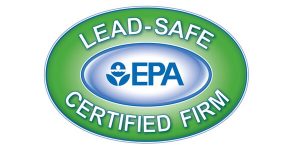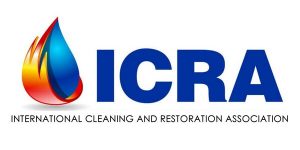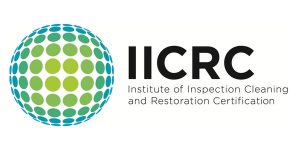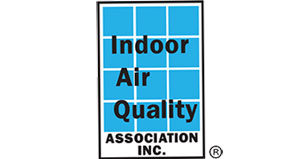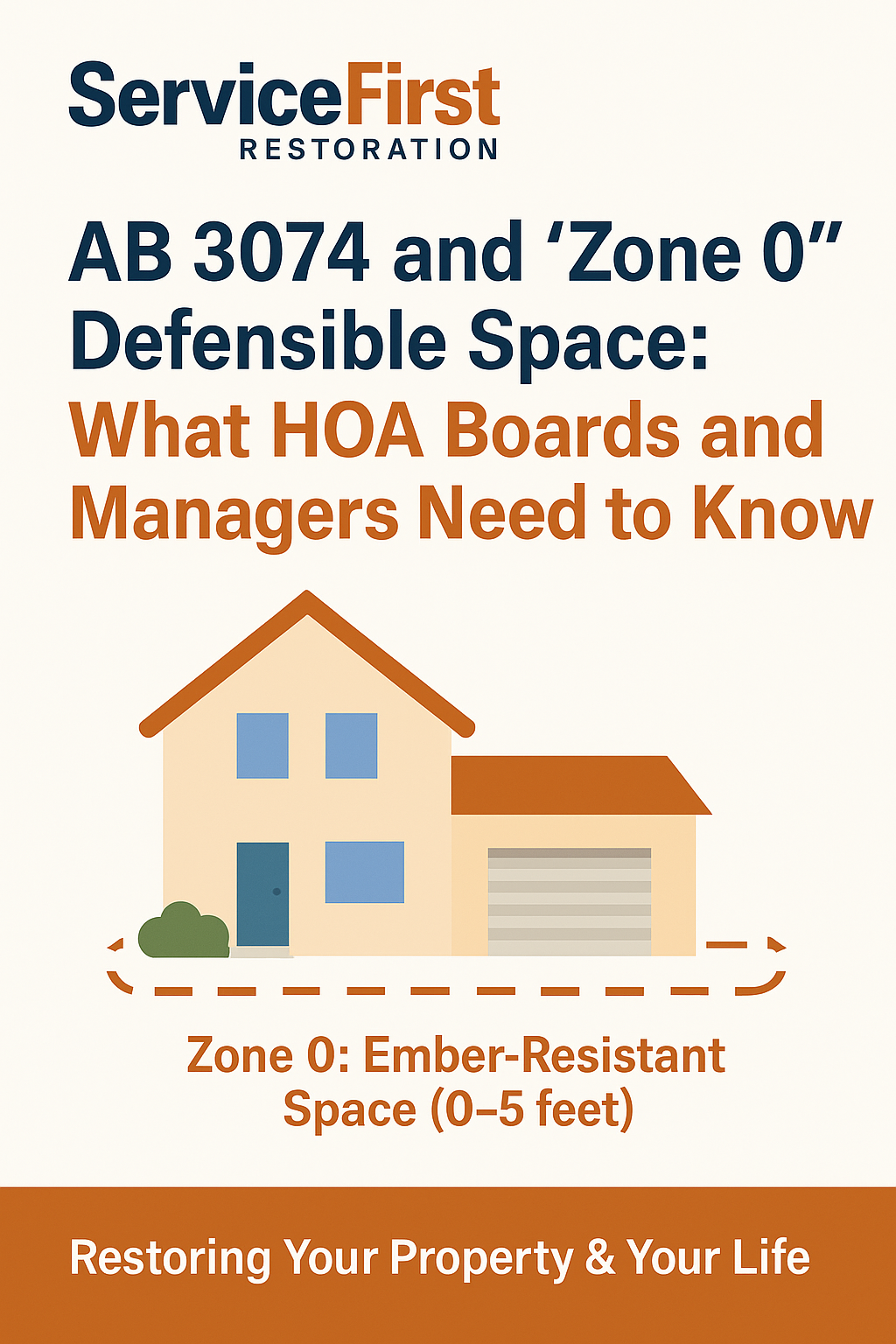
AB 3074 and “Zone 0” Defensible Space: What HOA Boards and Managers Need to Know
Prepared for HOA Property Managers & Board Members
Executive Summary
California’s Assembly Bill 3074 (AB 3074) creates a new requirement for homes and buildings in wildfire-prone areas: the establishment of a “Zone 0” ember-resistant space within five feet of all structures. For HOAs and condominium associations, this law has direct implications for landscaping, common areas, maintenance standards, and insurance risk management.
While enforcement will begin once the State Fire Marshal finalizes clearance rules, HOA leaders should start planning now. Early action will not only ensure compliance but also protect property values, reduce liability, and potentially lower association insurance premiums.
Background: Why AB 3074 Was Passed
-
Wildfires are now California’s top natural disaster risk.
-
Research shows 90% of homes lost in wildfires ignite from embers, not direct flame.
-
Landscaping, mulch, and combustible materials close to structures act as ember “landing pads.”
-
Previous defensible space laws covered zones 0–30 feet and 30–100 feet. AB 3074 adds Zone 0: 0–5 feet.
Key Requirements of AB 3074
-
Zone 0 Defined: The first five feet around all structures (including decks, fences, garages).
-
Prohibited Fuels: Combustible vegetation, wood mulch, firewood piles, flammable fencing, and other materials that could ignite from wind-borne embers.
-
Implementation Timeline:
-
Applies in State Responsibility Areas (SRA) and Very High Fire Hazard Severity Zones (VHFHSZs).
-
New Construction: Zone 0 standards apply immediately once regulations are adopted.
-
Existing Structures: Enforcement will phase in after regulations are finalized.
-
-
Regulations Still Pending: The State Board of Forestry and CAL FIRE are finalizing vegetation clearance standards. Executive Order N-18-25 (2025) directs them to expedite adoption.
Why This Matters to HOAs
-
Compliance & Liability: Boards have a fiduciary duty to maintain common areas in compliance with state law. Non-compliance could create liability in the event of fire damage.
-
Insurance Impacts: Many carriers are now requiring proof of defensible space before renewing HOA master policies. Zone 0 compliance may directly impact insurability and premium costs.
-
Property Values: Buyers and lenders increasingly review fire risk and defensible space. HOAs seen as “proactive” gain an advantage.
-
Enforcement Within Communities: Associations may need to update CC&Rs, Rules & Regulations, and Architectural Guidelines to ensure members maintain Zone 0 around their units.
Action Steps for HOA Boards & Managers
-
Assess Your Fire Hazard Zone
-
Use CAL FIRE’s Fire Hazard Severity Zone maps to determine if your community falls within SRA or VHFHSZ.
-
-
Evaluate Current Landscaping & Structures
-
Identify combustible materials within five feet of structures (mulch, shrubs, fencing).
-
Prioritize high-risk areas near entryways, eaves, and wood fences.
-
-
Update Governing Documents
-
Modify maintenance standards to require ember-resistant landscaping and hardscape in Zone 0.
-
Clarify whether the HOA or individual homeowners are responsible for Zone 0 maintenance in attached vs. detached units.
-
-
Plan for Compliance Costs
-
Budget for phased landscape modifications, possible fencing replacement, and removal of combustible elements.
-
Explore grants or state funding programs for wildfire mitigation.
-
-
Educate Residents
-
Host workshops or send bulletins explaining AB 3074 and why it matters.
-
Provide “do’s and don’ts” lists for landscaping within five feet of units.
-
Best Practices for HOA Communities
-
Replace mulch with hardscape or non-combustible alternatives (rock, gravel).
-
Use ember-resistant fencing (metal or masonry) for the first five feet from structures.
-
Select fire-resistant plants with high moisture content and low resin/sap.
-
Maintain clear gutters, decks, and rooflines free of debris.
-
Document compliance efforts to show insurers and regulators.
Conclusion
AB 3074’s Zone 0 requirement represents a major shift in wildfire risk management for California HOAs. For boards and managers, it’s not just about compliance — it’s about protecting residents, preserving property values, and reducing liability.
HOAs that act early will be better positioned with insurers, residents, and regulators when enforcement begins. This is an opportunity to show leadership, safeguard communities, and demonstrate proactive stewardship.
About ServiceFirst Restoration
At ServiceFirst Restoration, we specialize in helping HOA boards and property managers prepare for, respond to, and recover from water, mold, fire, and other property disasters. Our team understands the unique challenges of community associations, and we provide customized solutions — from emergency response to long-term risk reduction.
If you’d like a Zone 0 assessment for your community or a board presentation on wildfire readiness, contact us today.
ServiceFirst Restoration, Inc.
“Restoring Your Property & Your Life”
📞 855-883-4778
📧 info@callservicefirst.com
🌐 www.callservicefirst.com
